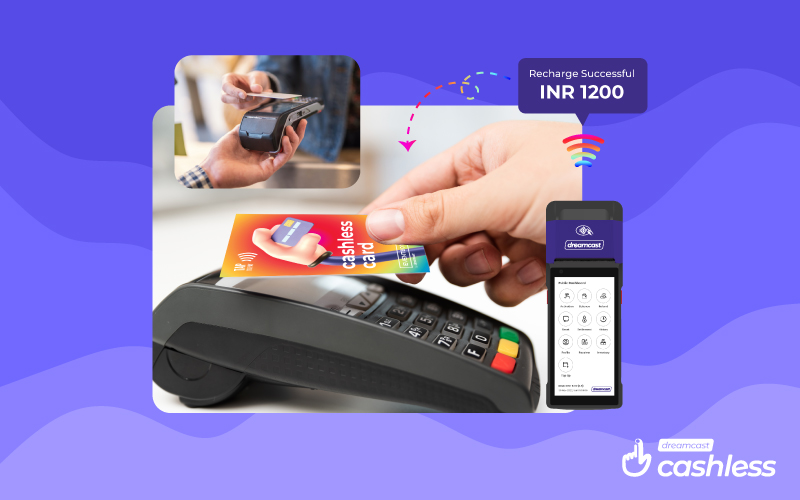Cashless payment systems have emerged as a dominant force in the realm of events, revolutionizing the way individuals and businesses conduct transactions. This article delves into the various features and advantages of cashless payment systems and NFC-enabled cards. That’s why, putting light on the transformative impact they have on events and festivals worldwide.
Key Advantages of Cashless Payment System
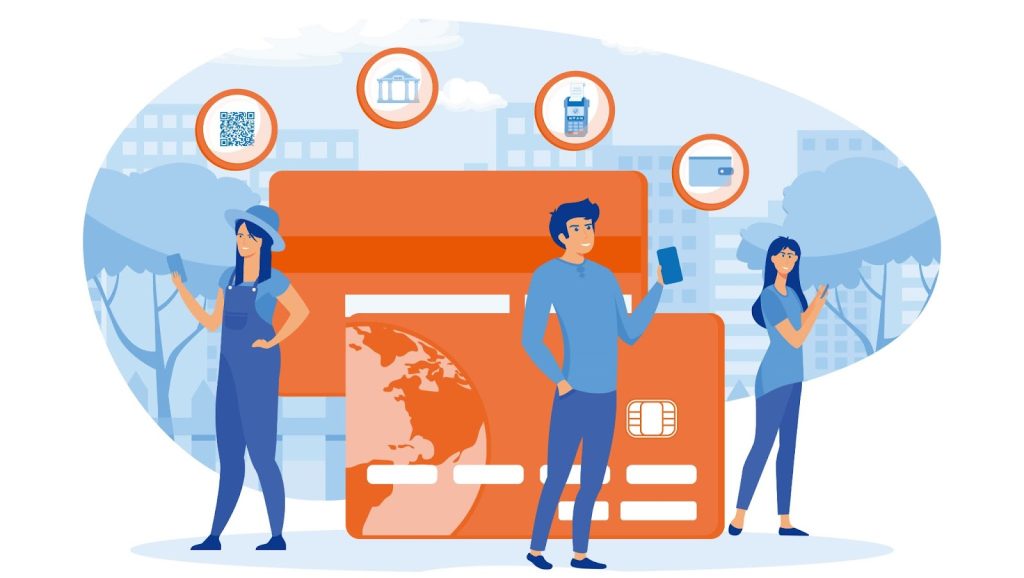
Convenience and Accessibility:
One of the most prominent features of cashless payment systems is their unparalleled convenience and accessibility. With the proliferation of smartphones and digital devices, individuals can now make payments anytime, anywhere, with just a few taps on their screens. Whether it’s purchasing goods online, paying bills, or splitting a restaurant tab with friends, cashless payment systems offer unparalleled convenience. This eliminates the need to carry physical currency or visit brick-and-mortar banks.
Enhanced Security:
Another key feature of cashless payment systems is their robust security measures. This help protect users’ financial information from unauthorized access and fraudulent activities. Advanced encryption techniques and multi-factor authentication mechanisms ensure that transactions are secure and tamper-proof, instilling confidence among consumers and businesses alike. Moreover, the ability to track and monitor transactions in real-time allows for the timely detection and mitigation of suspicious activities. Furthermore, enhancing the security of cashless payment systems.
Speed and Efficiency:
A Cashless payment system is renowned for its speed and efficiency, facilitating swift and seamless transactions. This enables businesses to operate more efficiently and customers to enjoy faster checkout experiences. Unlike traditional cash-based transactions, which often involve time-consuming manual processes such as counting and verifying currency, cashless payments can be completed instantaneously. Thereby, reducing waiting times and enhancing overall productivity.

Integration and Compatibility:
One of the most compelling features of modern cashless payment systems is their integration and compatibility with a wide range of platforms, devices, and payment methods. Whether it’s cashless cards, mobile wallets, or digital currencies, cashless payment solutions support diverse payment options. This allows users to choose the method that best suits their preferences and needs. Furthermore, the seamless integration of a cashless payment platform with existing infrastructure such as point-of-sale (POS) terminals and online payment gateways ensures a smooth and hassle-free user experience across various channels.
Scalability and Flexibility:
Cashless payment cards offer unparalleled scalability and flexibility, catering to the needs of businesses of all sizes, from small startups to multinational corporations. Whether it’s processing a handful of transactions or handling millions of payments per day, cashless payment solutions can effortlessly scale to accommodate growing transaction volumes. Thereby, enabling businesses to expand their operations without constraints. Moreover, the flexibility inherent in cashless payment systems allows businesses to tailor their payment solutions to meet specific requirements and preferences. Whether it’s implementing loyalty programs, offering installment plans, or integrating with third-party applications.
Cost Savings and Efficiency Gains:
By eliminating the need for physical cash handling and streamlining transaction processes, cashless payment cards offer significant cost savings and efficiency gains for businesses and financial institutions. Reduced cash handling costs, lower risk of theft and fraud, and increased operational efficiency translate into tangible bottom-line benefits. This enables businesses to reinvest savings into growth initiatives and value-added services. Additionally, the digitization of payments facilitates automated reconciliation and reporting, minimizing manual errors and administrative overheads, further enhancing cost-effectiveness and efficiency.
Learn more: The Impact of Cashless Payments on Events
The Top Features of a Cashless Payment System
Cashless payment systems encompass a variety of features designed to facilitate electronic transactions, enhance security, and streamline the payment process. Here are some key features commonly associated with cashless payment systems:
1. Contactless Payment Options:
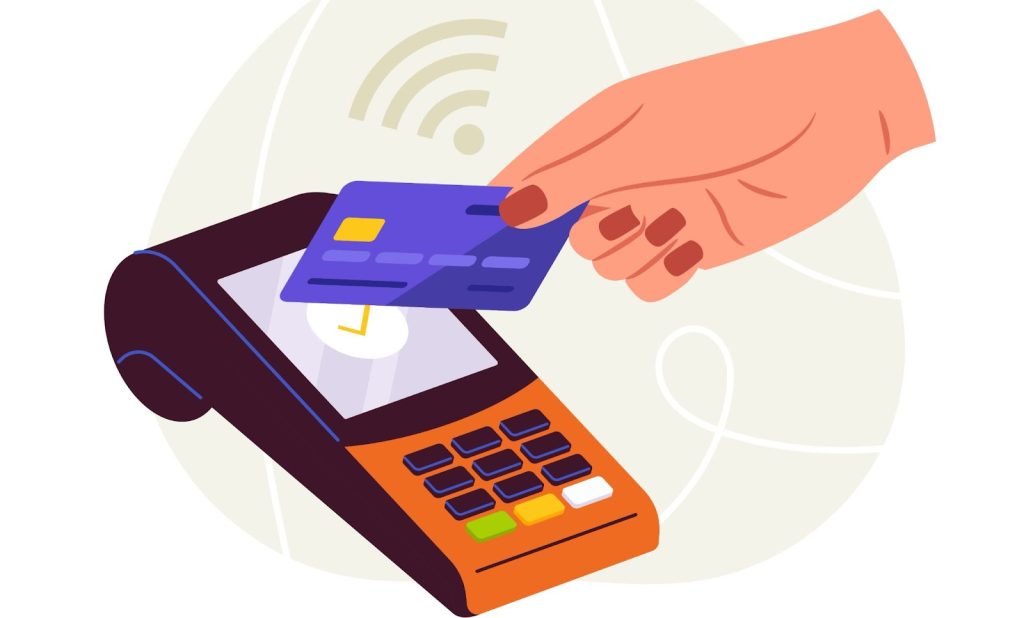
Many cashless payment systems support contactless payment methods, such as NFC-enabled cards, mobile wallets, or wearable devices, enabling users to make quick and convenient transactions by simply tapping or waving their payment devices near compatible terminals.
2. Multi-Channel Payment Support:
Cashless payment systems are typically designed to support transactions across multiple channels, including in-store POS terminals, mobile applications, and automated payment kiosks, providing users with flexibility and convenience in how they make payments.
3. Security Measures:
NFC payments are secure due to encryption technologies that protect the transaction data. Additionally, most NFC payment systems require authentication methods such as PIN entry, fingerprint scanning, or facial recognition to authorize transactions, adding an extra layer of security.
4. Customization Options:
The RFID cashless payment system offers customization options, allowing businesses to personalize their cards with designs, photos, or logos. If any business wants its branding on the cashless cards and system, NFC bands or cards allow it to do it.
5. Transaction Tracking and Reporting:
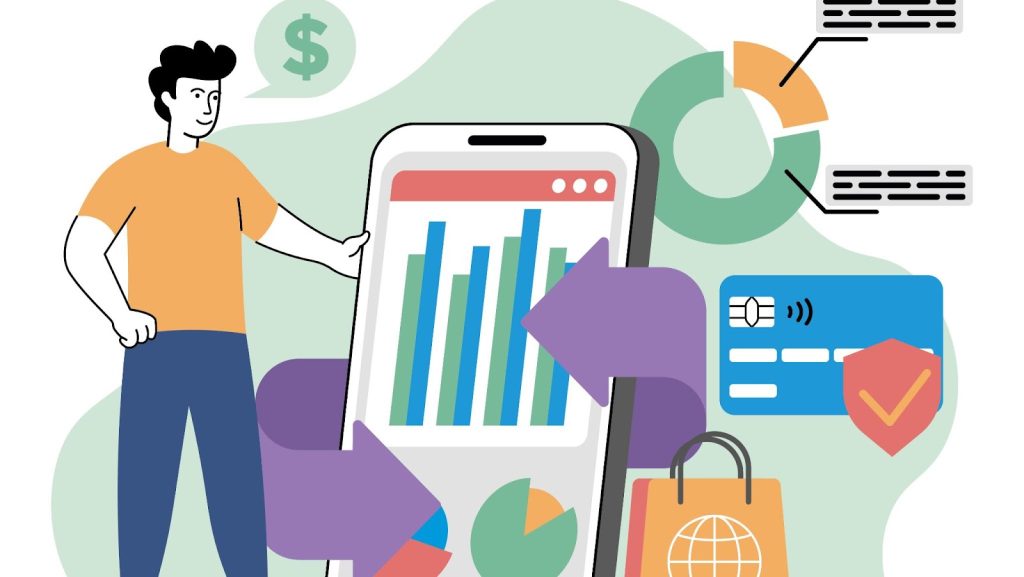
Cashless payment systems offer users the ability to track their transaction history, view real-time account balances, and generate detailed reports. This summarize their financial activities, providing transparency and enabling effective budgeting and financial management.
6. Integration with Loyalty and Rewards Programs:
A cashless payment system integrates seamlessly with loyalty and rewards programs. This allows users to earn points, cashback rewards, or other incentives for their transactions and redeem them for discounts, merchandise, or other benefits.
7. Digital Wallet Integration:
A Cashless payment system often includes digital wallet functionality, allowing users to securely store and manage their payment card information, as well as other forms of payment such as loyalty cards and gift cards, in a single digital platform.
8. Event and Access Control:
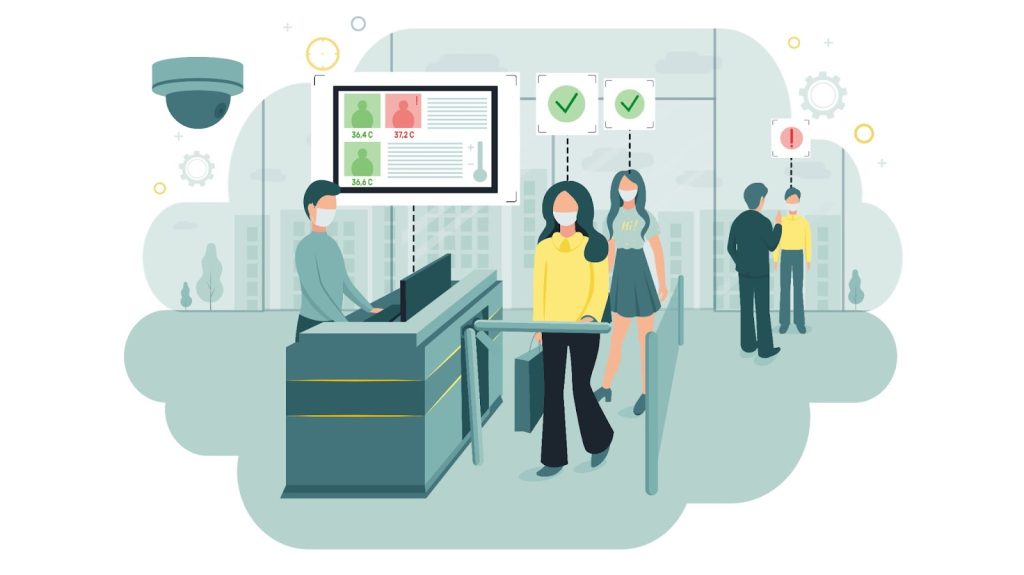
Cashless cards are commonly used for access control at events, conferences, and entertainment venues, allowing organizers to manage entry and track attendance.
9. Merchant Services and Business Tools:
Cashless payment systems may include features tailored for merchants and businesses. For instance, inventory management, sales reporting and analytics, invoicing, and integration with customer relationship management (CRM).
10. Accessibility and Inclusivity:
Cashless payment systems strive to be inclusive and accessible to users of all demographics and backgrounds. This offers options for individuals with language preferences, or limited access to traditional banking services.
Learn more: How Cashless Payments Are the Future of Events and Festivals
Final Words
Cashless payment systems represent a paradigm shift in the way we transact and interact in the modern economy. With their unparalleled convenience, enhanced security, speed, and efficiency, cashless payment systems offer a myriad of features and advantages that empower businesses and consumers alike. As the world continues to embrace digital innovation, cashless payment systems will undoubtedly play an increasingly pivotal role. This shapes the future of commerce and finance.
FAQs
Cashless payment systems work by utilizing various technologies, such as Near Field Communication (NFC), Radio Frequency Identification (RFID), or secure online platforms, to facilitate transactions between a payer and a payee. Users can authorize payments using their mobile devices, cards, or computers, which communicate with payment terminals or online banking systems to complete the transaction.
Cashless payments offer several benefits, including convenience, security, speed, and the ability to track transactions digitally. They also reduce the need for carrying physical cash, minimize the risk of theft or loss, and facilitate easier budgeting and expense tracking.






